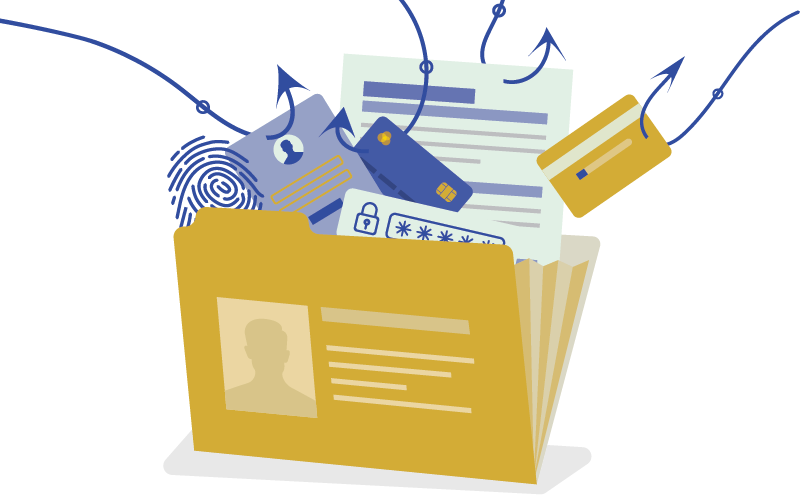
Fraud Education
About

Phishing
If you’re like most Americans, you receive strange unsolicited messages, emails and texts all the time. While many likely ask you to buy gift cards or to pay what looks like an invoice or a balance due, other messages are unsettling in how they seem to be fishing for sensitive data. No matter how many times you delete, unsubscribe or hang up, they keep happening day in, day out.
Scams designed to trick you into revealing information often start with “phishing.” Phishing — similar to fishing — uses spoofing to bait you into falling for a scam. While some phishing attempts are clumsy and clearly fake, in many cases advanced technology and skill make it extremely difficult to discern a fake message, website or conversation from one that’s legitimate.
How can you spot a phishing scam?
While you can receive all kinds of phishing attempts, one of the most dangerous is someone trying to scam you into giving them access to your bank or financial accounts. Banks of all sizes suffer significant financial and reputational losses from these increasingly sophisticated scams which target customers. If you receive an unsolicited email, text or phone call from a “First Community representative” requesting any of the following information or tasks, consider it a red flag:
- Full account number
- Username or password
- Full Social Security number
- PIN
- Birthday
- Address
- Fill out a form
- Download an attachment
If you call First Community Bank, you may be asked to provide certain information, such as the last four digits of your Social Security number or your User ID, to verify your identity. We will not, however, ask you for information such as your password which can be used to access your account. Online, security questions help assist with verifying your identify and keeping fraudsters out of your account. If you are uncomfortable with questions being asked of you and uncertain if the caller is from First Community Bank, hang up and call a trusted number of the branch where you conduct business.
Americans lost $5.8 billion to phishing and other fraud in 2021 — a 70% increase from 2020.

What can you do if you receive a phishing scam?
If you think you’ve been reached by a phishing request or you’re in doubt of a request’s legitimacy, here’s what to do:
- End the call or delete the text or email.
- Do not do what the text or email instructs you to do — don’t click any links (even the unsubscribe link), reply or open any attachments.
- If you’re contacted again, pressured to continue the conversation, or asked to provide bank information right away to prevent something bad from happening, end the conversation.
- Use a known number — the number on the bank’s website or the number on the back of your debit card — to call the bank and speak with an actual bank employee.
- If you think you might have been scammed, visit IdentityTheft.gov to learn what to do right away.
- Report the scam to the FTC.
- If you lost money to a scammer, don’t be too ashamed to file a police report.
Visit the American Bankers Association’s fraud education website, Banks Never Ask That, to explore educational videos, learning exercises and much more that can boost your fraud busting knowledge and skills.
Sources: fbi.gov, American Bankers Association



